Being a woman is beautiful and dynamic, with unique changes occurring during each phase of your cycle. These hormonal shifts mean you’re never going to be the same twice in a month, highlighting the importance of aligning your habits with your cycle. Creating (and enjoying!) recipes that align with your cycle can help align your nutrition with these natural fluctuations and promote optimal health.
Cycle Sync recipes are based on the idea that hormones are constantly changing. By tracking your cycle, you can adapt to these changes and adjust your diet accordingly. This approach allows you to create meals that meet your body’s needs throughout the month, leading to better balance and overall health.
Want to learn more about cycle syncing? Read on as we explore how to track your cycle and share tips for creating cycle-syncing recipes that will help you feel your best every step of the way.
Featured image from Michelle Nash’s interview with Jules Ackley.

Lauren Zielinski, MSN, CNM
Lauren Zielinski is a certified nurse-midwife with over 11 years of experience in the fields of women’s health and childbirth. She studied medicine at the University of Colorado Denver, where she focused on community health and birth center work.
Before you jump in
In current medicine, women’s health and hormones are constantly evolving. What we know changes frequently, and many aspects of women’s health still lack sufficient scientific research. However, the practice of synchronizing your cycle is natural and promotes the practice of being in tune with your body.
All women can benefit from a deeper understanding of their bodies. In this article, we’re primarily focusing on what you should eat during each phase of your menstrual cycle. However, it’s also important to pay attention to how you can move your body and support your skin. If you’d like to learn more about both topics, read about Cycle Sync Workouts and Cycle Syncing for Your Skin.
Editor’s note: This article is not a substitute for medical care. Always consult with your healthcare provider before beginning any treatment.

Cycle Sync: What you need to know
You’ve probably heard of apps that help you track your cycle or period. Here are some that I recommend: clueBut pretty much anything will do, you just need to know what your monthly cycle looks like.
Compare your cycle to the information below to start figuring out where you are in each phase and when. Results will be most accurate if you have 3-4 months’ worth of data.
Save our Cycle Sync guide below and support yourself with everything you need to know to feel your best at every stage of your cycle.
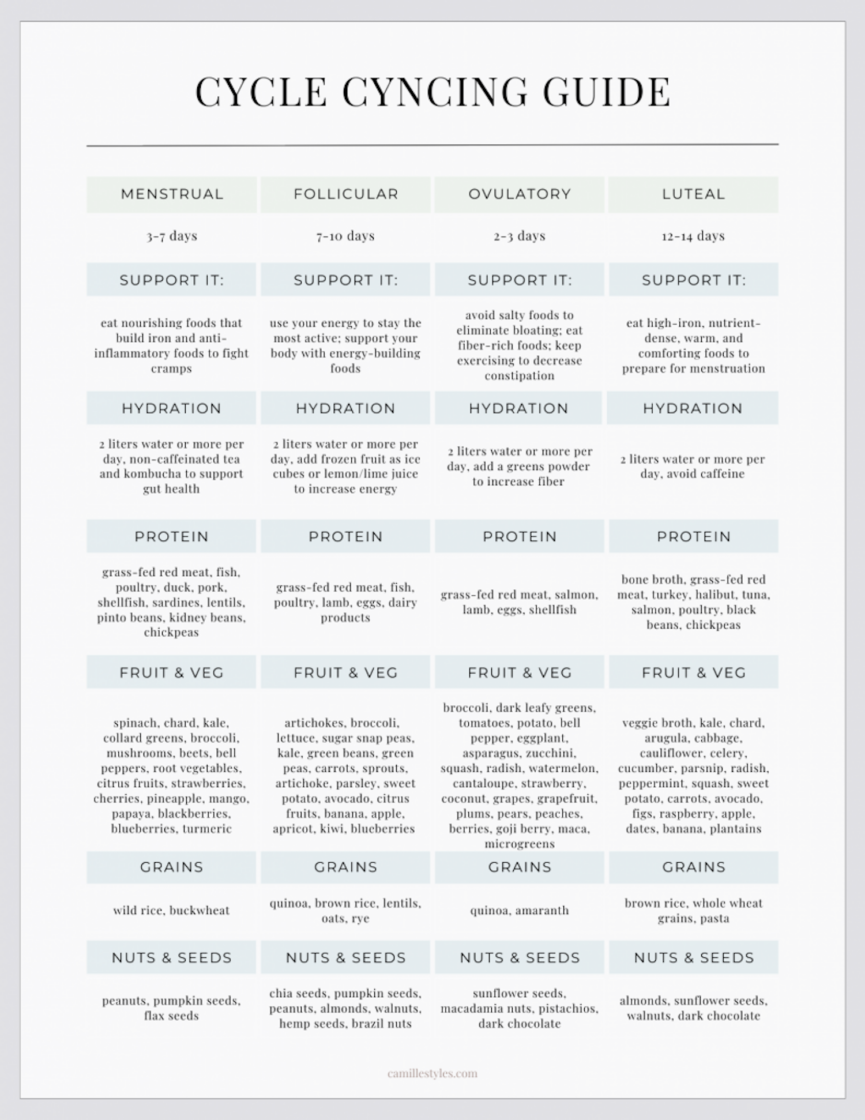
Menstrual period (1st to 5th days)
During menstruation, the lining of the uterus is shed. Hormones are at their lowest levels at the beginning of the cycle and begin to increase to more stable levels at the end of the cycle. Blood and iron are lost, prostaglandins (which cause cramps) peak, and you typically become more introverted, slower, and more at ease.
What to eat
Focus on nutritious foods with anti-inflammatory properties that help with iron production, iron absorption, and period pain. Drink more water during this time than at other times, as you will lose fluids while bleeding.
Hydration: Drink at least 2 litres of water a day and stay hydrated with caffeine-free teas, including kombucha to help regulate your bowels, which can get a little rough during your period.
protein: Grass-fed lean meat, fish, chicken, duck, pork, shellfish, sardines, lentils, pinto beans, kidney beans, and chickpeas.
Fruits and vegetables: Spinach, chard, kale, collard greens, broccoli, mushrooms, beets, peppers, root vegetables, citrus fruits, strawberries, cherries, pineapple, mango, papaya, blackberries, blueberries, and turmeric.
grain: Wild rice, buckwheat.
Nuts and seeds: Peanuts, pumpkin seeds, flax seeds.
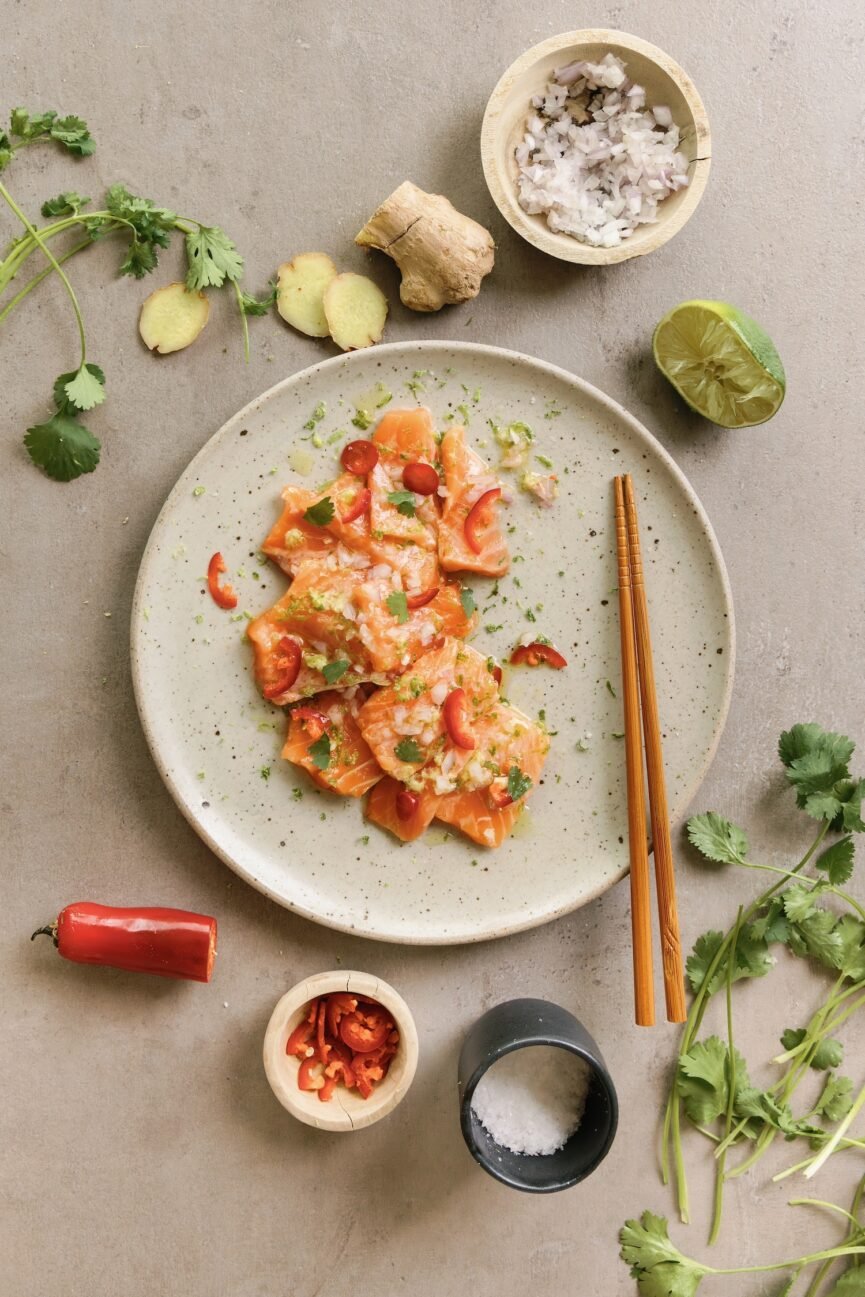
Menstrual Recipes
Travel tips
Try low-impact workouts like walking, yoga, and pilates. If you want something more intense, strength training and HIIT are recommended.

Follicular phase (days 6 to 13)
During the follicular phase, your body prepares to release an egg. Estrogen and testosterone are at their peak. This is when you’re usually at your most confident, energetic, and quick in thought and action.
What to eat
Support your body with energy foods, foods packed with vitamins and nutrients are best, and drink plenty of water to maintain your lifestyle.
Hydration: At least 2 litres per day. Adding frozen fruit or lemon or lime juice to your water will give you more energy and make you feel more energised.
protein: Grass-fed lean meat, fish, poultry, lamb, eggs and dairy.
Fruits and vegetables: Artichokes, broccoli, lettuce, snap peas, kale, green beans, green peas, carrots, bean sprouts, artichokes, parsley, sweet potatoes, avocado, citrus fruits, bananas, apples, apricots, kiwi, blueberries.
grain: Quinoa, brown rice, lentils, oats, rye.
Nuts and seeds: Chia seeds, pumpkin seeds, peanuts, almonds, walnuts, hemp seeds, Brazil nuts.
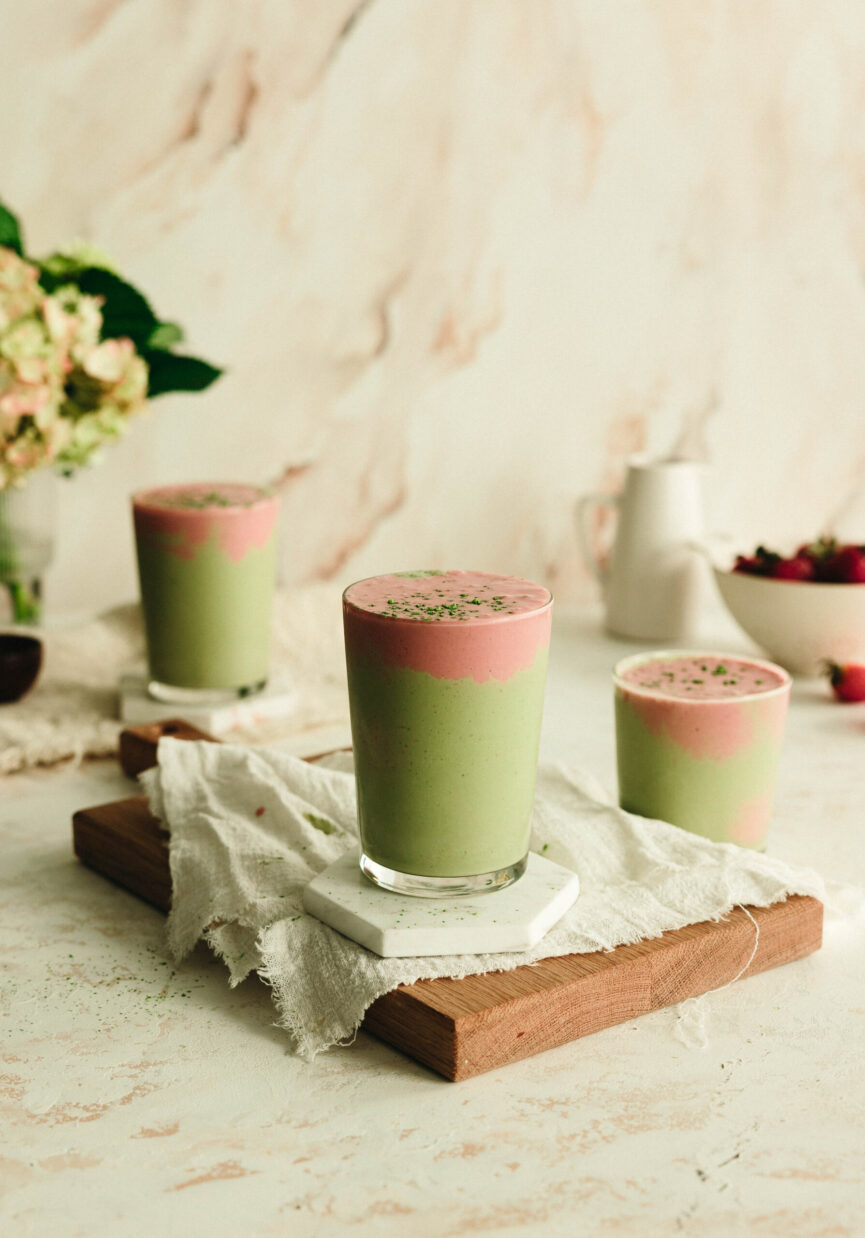
Follicular Phase Recipe
Travel tips
Take full advantage of your increased energy to train your hardest and be your most active. All types of exercise are encouraged. If your goal is to build muscle, Weight training And HIIT.
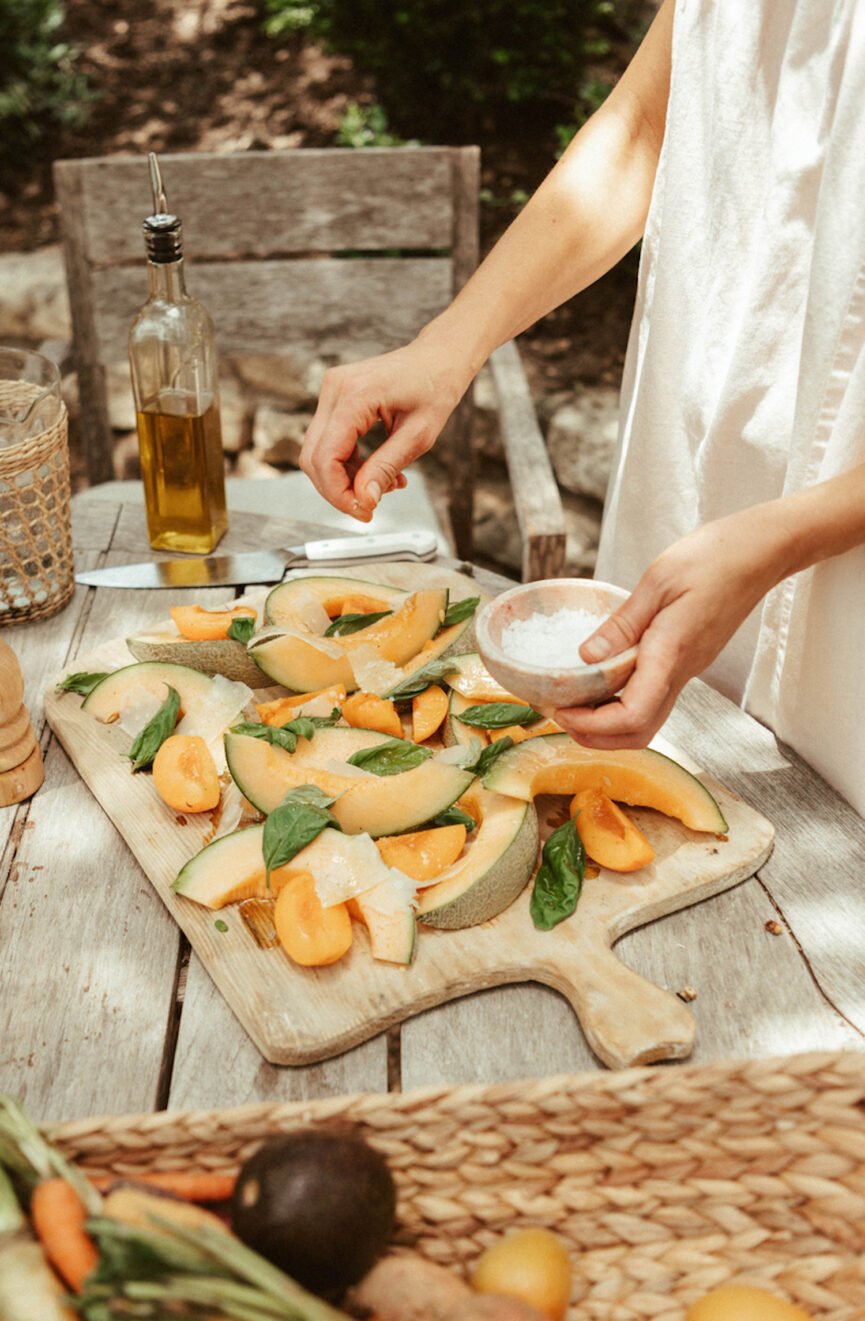
Ovulation (day 14)
During this phase, the egg is released into the fallopian tube for fertilization. This phase begins with high levels of estrogen and testosterone, resulting in lots of flirting, extroversion, and sociable feelings. Just after ovulation, progesterone increases, making you feel a bit slower, more introverted, clingy, and protective than normal. You may also gain water weight, and it’s not uncommon for you to experience constipation, cramps, and nausea around the time of ovulation.
Listen to your body and track your cycles. If you know you’re nearing ovulation, go out and have fun and take advantage of those positive outgoing feelings. If you feel your energy decreasing after ovulation, stay home, rest, and be comfortable.
What to eat
To reduce bloating, avoid salty foods, increase your intake of fiber-rich foods, and prioritize hydration. Eating foods that have a high water content can help.
Hydration: Add greens powder to your water to increase fiber and drink at least 2 liters per day.
protein: Grass-fed red meat, salmon, lamb, eggs and shellfish.
Fruits and vegetables: Broccoli, dark green leafy vegetables, tomatoes, potatoes, peppers, eggplant, asparagus, zucchini, pumpkin, radish, watermelon, cantaloupe, strawberries, coconut, grapes, grapefruit, plums, pears, peaches, berries, goji berries, maca, and microgreens.
grain: Quinoa, amaranth.
Nuts and seeds: Sunflower seeds, macadamia nuts, pistachios and dark chocolate.
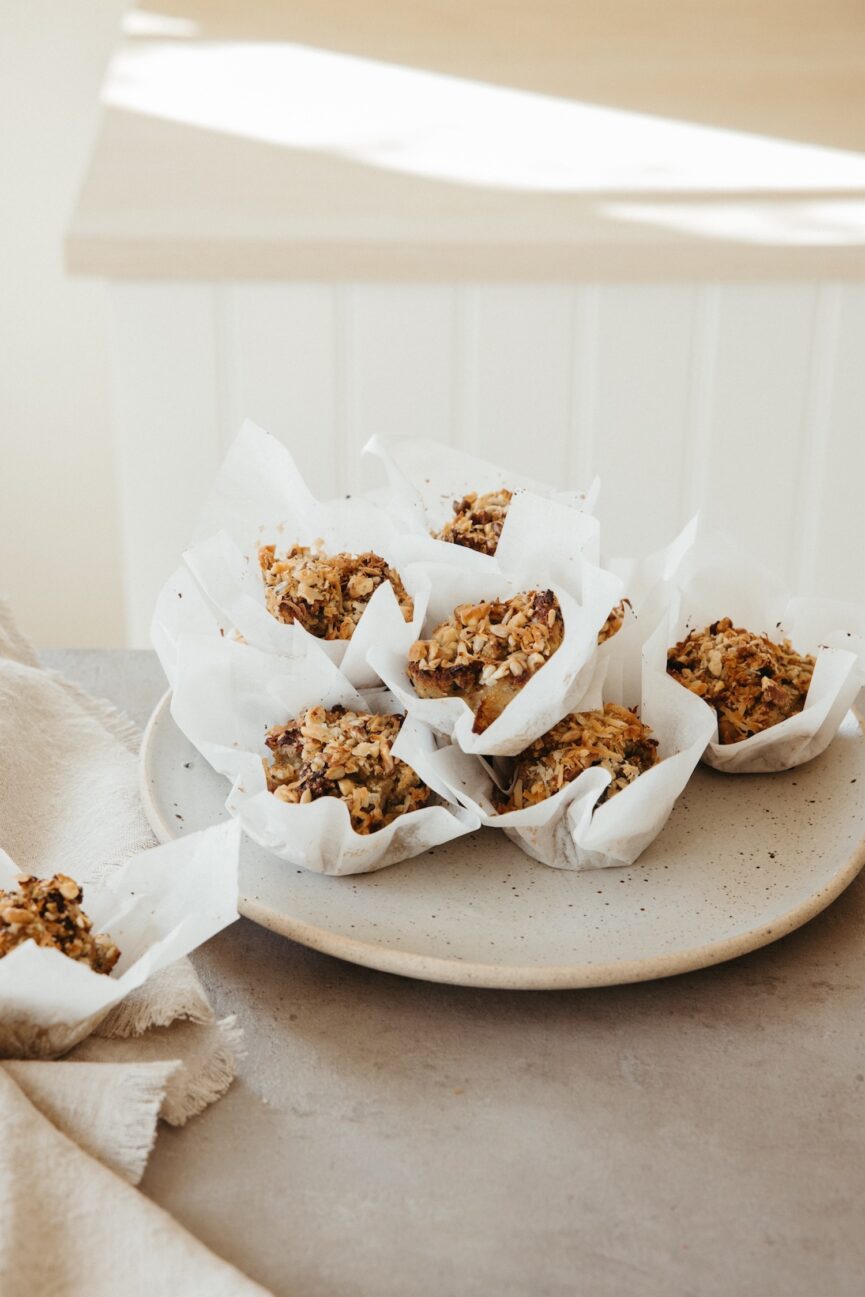
Ovulation Recipes
Travel tips
Use the dual nature of this phase to give yourself an energy boost in preparation for lower energy levels, and to prevent constipation, bloating and lack of energy. Running, spinning, weightlifting and high-intensity exercise are all great ways to get your body moving during this phase. Note that prioritizing exercise will help reduce constipation.

Luteal phase (days 15 to 28)
If you’re pregnant, the luteal phase is when the egg is fertilized and ready to implant in the uterus. If you’re not pregnant, the egg breaks down and your body prepares to cycle again.
Energy and mood usually remain stable for the first 4 to 7 days, before gradually declining over the remaining 2 weeks. If conception hasn’t occurred during this stage, you’ll experience a major hormone drop, which is often the most distressing feeling of the month. Think of the symptoms of premenstrual syndrome: as estrogen drops, serotonin follows suit, leaving you feeling a bit depressed. High progesterone levels can lead to cravings for fatty and carbohydrate-rich foods and an overall increased appetite.
What to eat
Again, listen to your body. Enjoy this time before the hormonal changes begin. Pamper yourself a little more than usual and give your body what it needs. There’s a reason why your body has these cravings – it’s preparing for your period. Iron-rich, nutritious and nutrient-dense foods are the way to go. Warm, soft and comforting foods are key.
Hydration: Drink 2 liters of water a day. Avoid caffeine and dehydration as these will make you feel worse.
protein: Bone broth, grass-fed lean meats, turkey, halibut, salmon, tuna, chicken, black beans, chickpeas.
Fruits and vegetables: Vegetable soup, kale, chard, arugula, cabbage, cauliflower, celery, cucumber, parsnip, radish, peppermint, pumpkin, sweet potato, carrot, avocado, fig, raspberry, apple, date, banana, plantain.
grain: Brown rice, whole wheat, pasta.
Nuts and seeds: Almonds, sunflower seeds, walnuts and dark chocolate.
Luteal Phase Recipes
Travel tips
Exercise types vary, but are best suited to the early and late luteal phases. In the early phase, prioritize moderate intensity, aerobic exercise (kickboxing, running, spinning), and longer workouts as your endurance increases during this phase. Continue exercising during the late luteal phase, but switch to lower-impact exercises like yoga or walking as your energy levels decrease.
Final thoughts on cycle synchronization
Remember, this advice is only a guide. Incorporating these tips and foods can help, but allow flexibility and self-compassion in your life. Give yourself forgiveness and kindness. And remember, listening and focusing on self-love is the ultimate goal of cycle synchronization.
Source: Camille Styles – camillestyles.com



